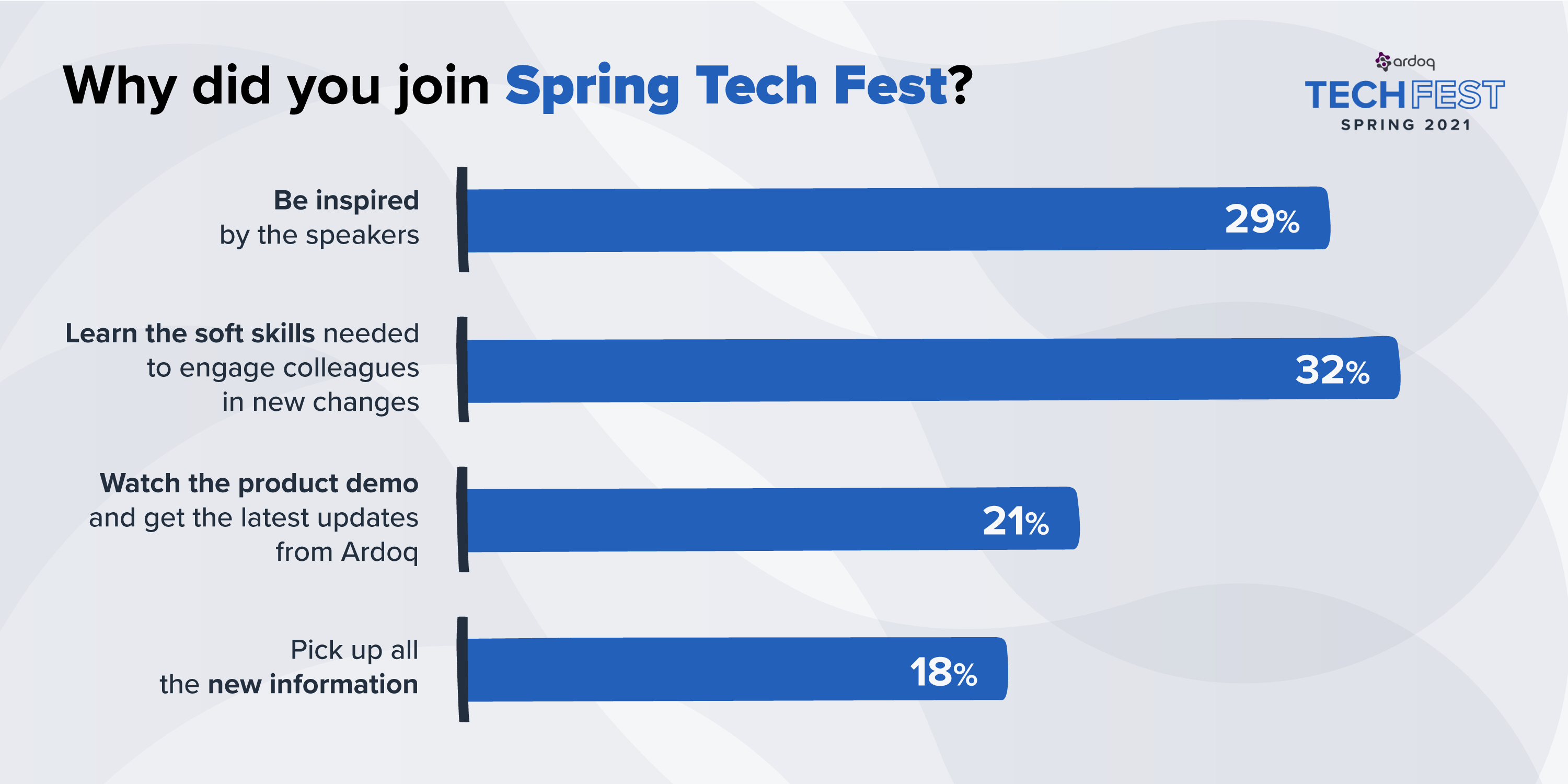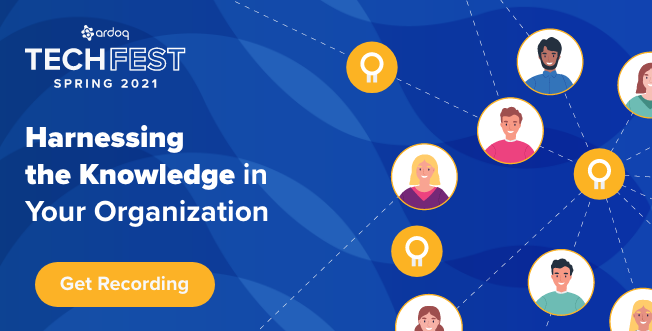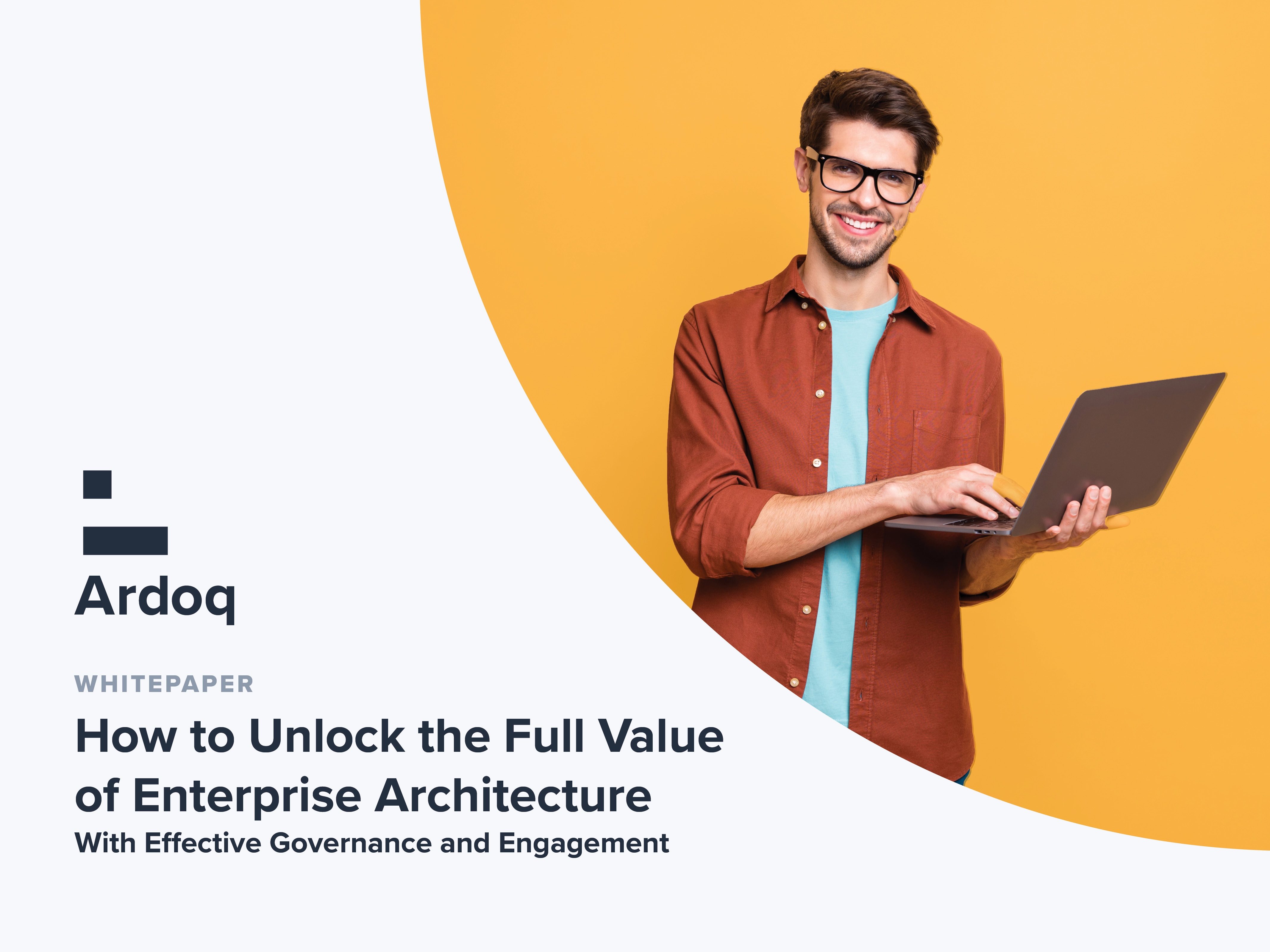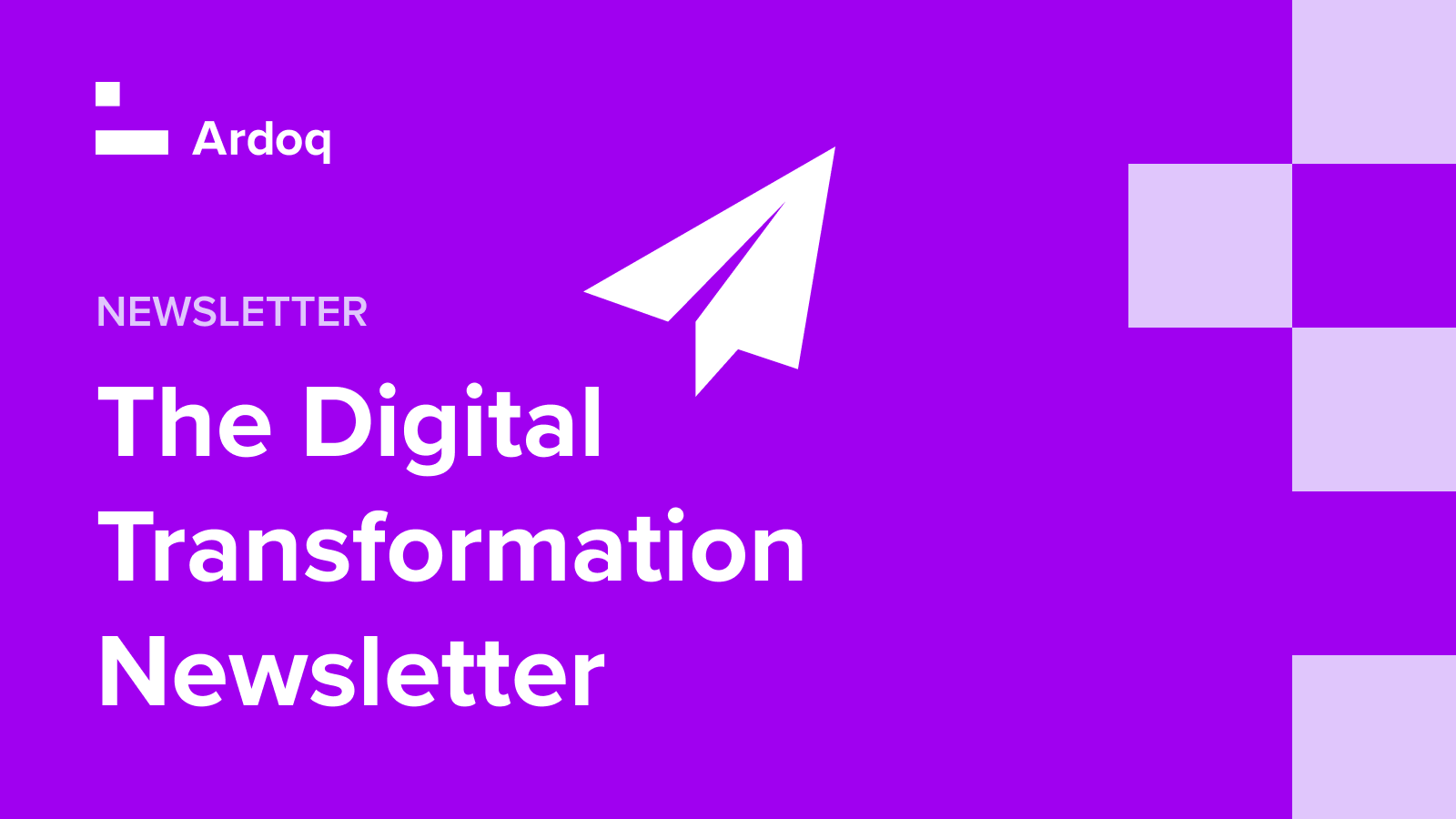Thank you to everyone who attended our Spring Tech Fest. This was our biggest event to date. More than 450 people signed up globally, including from the UK, USA, and Norway.
We were thrilled to see so many of you, especially in these times of Zoom fatigue. The need for engagement has never been greater. Engagement is what inspired our theme for the event, and in line with your responses, it seems that you were thinking the same. Our post-event poll shows that you were most interested in learning more about the soft skills needed to engage people in changes (32%) or to simply hear some wise thoughts from the speakers (29%).
We always take note of your questions and as we connected the dots, we saw certain themes emerge. We went in with the aim of stressing the importance of fostering vertical alignment and connecting with industry experts. We came out with a new set of skills: responding quickly to change during the pandemic, reducing compliance risk, and dealing with acquisitions.
Here Are Your Questions—and Our Answers
1. Ardoq Spring Tech Fest
Q: Can I watch this again after the event is over?
Yes! The recording is available to everyone. Get access, share, take notes. Share with your network! Here is where you can find the ➡️ Spring Tech Fest 2021 recording.
2. How to Ensure Enterprise Architecture Participation
Engagement is the most important factor in any transformation initiative. A tailored approach to collaboration leads to more engagement, buy-in, and project success. Using graph technology allows you to automatically create personalized experiences based on live data.
Q: At the end of a design process, my team and I are often feeling stuck with how to best end it. I know you can use procurement approval as a lever to ensure EA review, but is there something similar to EA participation? I want to use this at the beginning of the design phase or the initial ideation.
Each company has its own Strategy to Portfolio (S2P) process - whether it is an ad-hoc approach or a clearly defined process like, for example, SAFe Lean Portfolio Management. Regardless of the process you use, each usually has a place where people prioritize capacity to perform the design phase. This is where you need to apply your lever.
One technique to ensure it is done is for the S2P process owner (such as the COO) to require all design deliverables to be clear on how the design aligns with the business operating model, the enterprise architecture model, and the target direction. This alignment is then OK'd by the Chief Enterprise Architect.
In a well-functioning, agile organization, these deliverables are part of a regular workday. However, it can sometimes require a little governance overhead to get to that point. Learn all about this in our in-depth guide on How to Unlock the Full Value of Enterprise Architecture.
Q: Is there an appropriate budgetary lever that can often be used to prompt EA participation in the ideation or design phase?
One of the most frustrating yet avoidable things that can happen in a project is going over budget. This is exactly what can be avoided when Enterprise Architects have a seat at the table during the brainstorming and design stages. Avoiding having to correct the wrong decisions down the road saves a lot of frustration and even saves some embarrassment.
For others, the big motivating factor is having someone be the cross-team communicator. This is often missing in larger projects and yet it is a role that Enterprise Architects can excel at. When EAs are the administrators of this synergy between silos, and they’re given a budget to work with, collaboration increases.
3. Include People in Your Architecture
Again, collaboration and engaging others is so important. There’s so much power in being able to effectively map out critical people and connect them to their areas of expertise and the products they own. Before you start to map it all out, it’s impossible to see the systems individuals are responsible for or the projects they are running. Sometimes that information doesn’t come very easily, however, and it’s easier to model a person’s role.
Q: Can you model the person’s role [in Ardoq]?
Yes! The Roles workspace is an out-of-the-box template in Ardoq.
This can be done as its own object with unique attributes or as a simple attribute on the people. Personally, we prefer modeling as an object.
Additionally, things like responsibility, accountability, expertise etc. can be modelled as a reference between either a person or role on the one hand and a process or technology on the other.
Q: Is the People integration through Azure AD already available, or when will it be available?
With Ardoq, adding people to your models can be done easily through Integrations and your own Single Sign-on solution (SSO). This means the information will always be kept up-to-date and leveraged into your models, with no extra work to populate and modify your architecture.
Ardoq integrates with all the major SSOs, including Azure AD, so contact your CSM or ask the in-app support and we will guide you to set it up.
4. Using Enterprise Architecture Frameworks
EA Frameworks and reference models are accelerators for your EA initiative by standardizing how you structure and communicate your architecture, as well as providing predefined domain- and industry-specific content. Ardoq's flexible graph database means it can easily be configured to support pretty much any of the existing frameworks or a combination of them - a so-called 'hybrid model'. The same flexibility means you can evolve and adapt your approach as you go in response to demand without the need to rebuild your data.
Q: What is Ardoq's view of BIAN? Is it possible to incorporate their approach, and if so, how?
Ardoq does not have a view on the validity of various models provided by industry groups such as BIAN, TmForum, ACCORD, etc. Our customers who use them, use them in different ways for different purposes, so it simply depends on what you’re after. There can be great benefit of applying the standard vocabulary and API definitions to your EA landscape. While our flexibility in modeling allows you to reflect notations and meta models, Ardoq is exploring various ways of incorporating these models into out-of-the-box bundles for you to use.
Sign up for the Next Tech Fest
Thanks for keeping us on our toes with your great questions, and once again for attending the Spring Tech Fest!
Want to keep up to date with what’s going on in Ardoq and upcoming events? Subscribe to our newsletter.
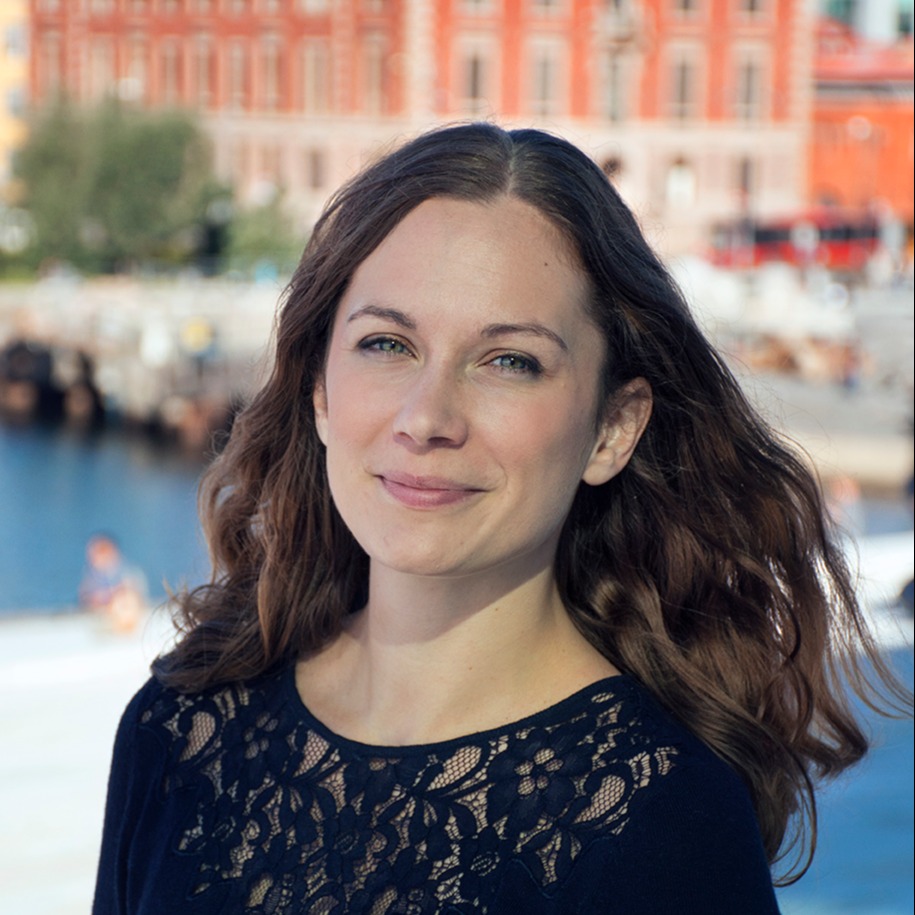 Leah Plotz
With over ten years of experience working in content, Leah wants to make sure Ardoq empowers engagement and collaboration throughout an organization.
Leah Plotz
With over ten years of experience working in content, Leah wants to make sure Ardoq empowers engagement and collaboration throughout an organization.



